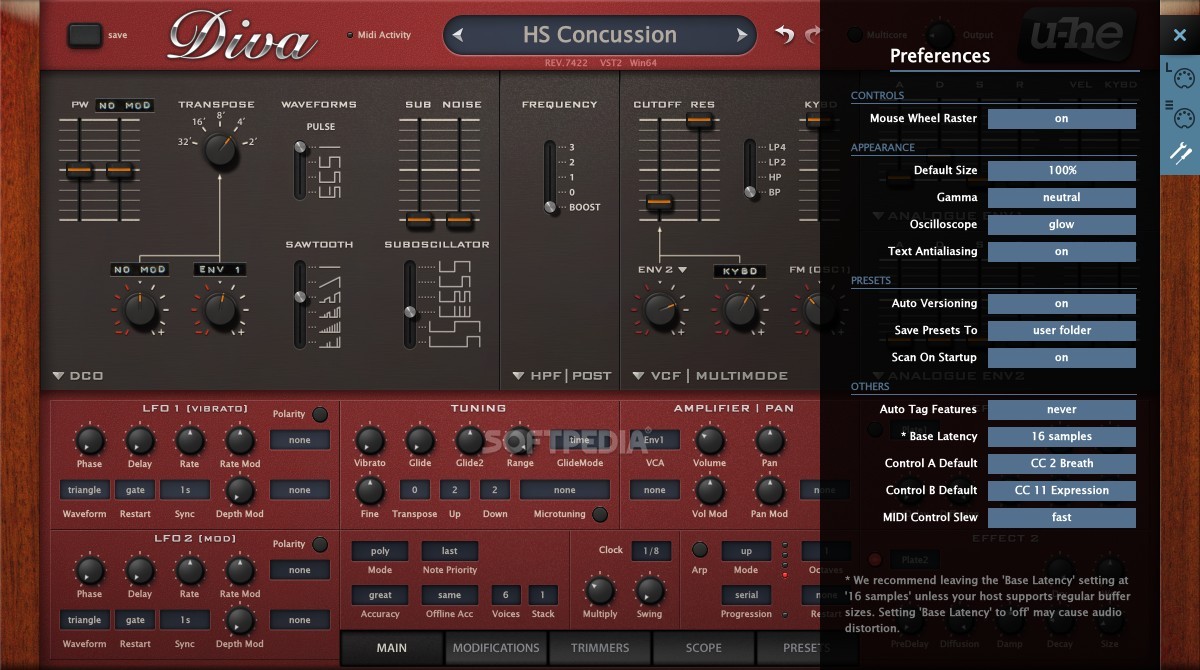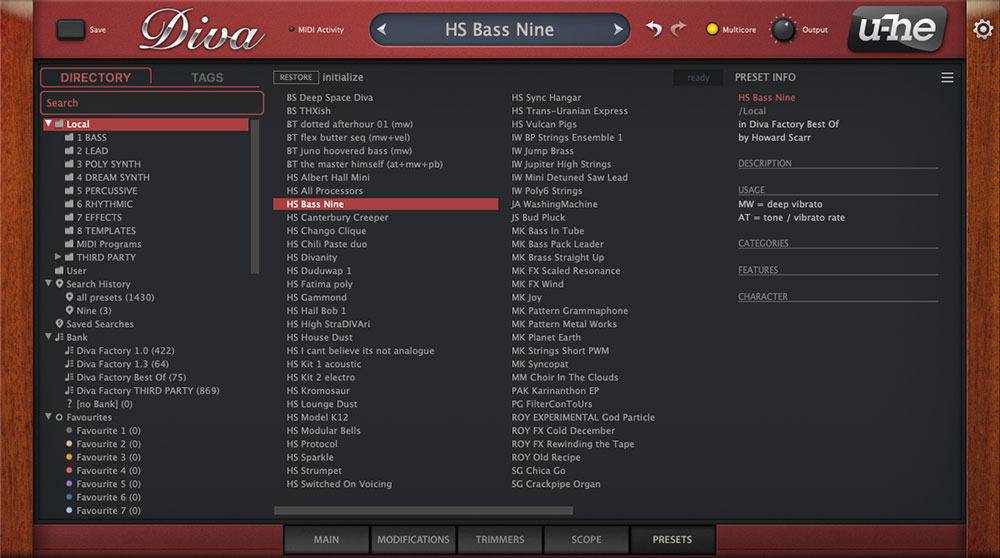

VR headsets are essentially mimicking the way our eyes already work by showing each eye a slightly different image, which enables us to perceive depth. I can’t see that the intermittent use of a VR system by a normal child would adversely affect this.” “For a normal child, this gives rise to the development of the sensory capability to judge depth by using stereopsis. “In the real world the two eyes get slightly different views,” Professor Peter Howarth, a Senior Lecturer, optometrist and vision expert, explained to Digital Trends.

But what about other risks that may be more serious for a child’s developing eyesight? The virtual can detect real eyesight problems early That means VR headsets may be less of a problem than books or smartphones. “You might think that with the VR headset they’d have to do the same thing because the image is close to the eye, but have optics in the setup that make the stimulus effectively far away, so, in terms of where the eye has to focus, you have to actually focus fairly far away to sharpen the image in the headset.” When they use the smartphone they typically hold it very close to them and so they have to focus their eye close,” explains Prof. “Let’s contrast a kid using a VR headset compared to a kid using a smartphone. But the technology is more complex than that. The screen is just two inches from the user’s eyes. The damage occurs when a child focuses on something near for long periods of time, so it’s understandable that some may fear VR headsets will add to the problem. There’s a lot of evidence linking this trend to near work, such as reading or using a computer. found that nearsightedness in those from age 12 to 54 rose from 25 percent in 1971-1972 to 41.6 percent in 1999-2004. It has been on the increase in recent years. Nearsightedness, or myopia, is where close objects appear clear, but objects far away look blurry. “There is pretty good evidence, particularly among children, that if you do so-called near work, where you’re looking at something up close, like reading a book up very close or looking at a cellphone, that it causes the eye to lengthen and that causes the eye to become near-sighted,” explains Professor Banks.

Virtual reality is relatively new, and we don’t know much about the long-term effects yet, especially on children. It’s not surprising that VR headset manufacturers are being cautious. “My guess is that all they’re doing is saying that kids are developing and development slows down when they reach adolescence, and so lets just play it safe and say that while these kids are undergoing significant development, we’ll advise people not to let them use it.” “So far I’ve seen no so-called smoking gun, no concrete evidence that a child of a certain age was somehow adversely affected by wearing a VR headset,” Martin Banks, Professor of Optometry, Vision Science, Psychology, and Neuroscience at the University of California, Berkeley told Digital Trends. What are the risks? Is this a precautionary measure, arbitrary legalese, or is there real danger? New doesn’t mean dangerous And though HTC doesn’t specify an age limit, it does warn against allowing young children to use the Vive.ĭisappointed parents and frustrated children everywhere wonder why these age limits have been set. Sony’s PlayStation VR is not to be used by children under the age of 12. The Oculus Rift and Samsung’s Gear VR headset have a 13+ age rating. The majority of VR headset manufacturers are setting age limits. The educational possibilities are endless, but as excitement about the dawn of virtual reality continues to heat up, there’s one group that could be left out in the cold – children.

It will let us be with people, attend events, and visit places that are physically out of reach. Virtual reality opens the door to true escapism with a whole new level of immersive experience. Fitbit Versa 3įor decades now, we’ve imagined a future where we can plug into a fully three-dimensional virtual world.


 0 kommentar(er)
0 kommentar(er)
